
PROS
- Attractive retro body
- Built-in eye viewfinder
- Wi-Fi
- Articulated touchscreen
CONS
- Quite expensive
- Complicated menu system
KEY FEATURES
- 20.3-megapixel Live MOS Four Thirds sensor
- 2.36m-dot OLED electronic viewfinder
- 3.0-inch vari-angle LCD touchscreen
- 10fps shooting
- 50MP high-resolution mode
- Full HD video recording
- Wi-Fi
- Manufacturer: Olympus
- Review Price: £999.00
WHAT IS THE OLYMPUS PEN F?
Olympus was one of the first companies to release a compact system camera, introducing the PEN EP-1 back in 2009. It took its design lead from the classic Olympus PEN cameras from the glory days of film, and since then Olympus has not only evolved the PEN through several iterations, but also launched the SLR-esque OM-D range.
The PEN F is the latest PEN and features even more retro styling than ever, mixing that with a healthy dose of modern specifications that should make the camera appeal to a wide range of users.
It has a 20.3-megapixel Four Thirds sensor, which is coupled with a TruePic VII processor. There’s a huge range of compatible lenses for Olympus cameras, as they’re also compatible with Panasonic’s Micro Four Thirds lenses (along with those from third parties).
Although the PEN F can record video, it’s at Full HD, not the 4K of some of its rivals. Considering this is a camera which very much harks back to the old days, it’s definitely intended primarily for photographers, rather than videographers.
Other interesting features include 10fps shooting, built-in Wi-Fi, an articulated touchscreen and an electronic eye viewfinder.

OLYMPUS PEN F – DESIGN AND HANDLING
The PEN F’s design is extremely eye-catching, and reminiscent of those PEN film cameras of old. It has a textured coating around the body, which gives it an attractive look and feel. There’s no grip on the front of the camera, but since the overall body size is quite small it’s not too problematic – plus a grip may get in the way of the dial on the front of the camera.
Speaking of dials, this camera is a traditionalist’s dream thanks to the high number of direct-access dials and buttons to change all manner of settings. The dial on the front of the camera allows you to change between the camera’s different colour and creative options, including monochrome or art filters. You can leave it in the middle to use a “normal” setting.
On the top of the camera there’s a dial for switching between exposure modes – such as aperture priority and shutter priority, as well as automatic options. There’s also a dial for altering exposure compensation, and an unlabelled dial which works in different ways depending on the mode you’re shooting in. That last one usually works alongside another small dial at the back of the camera – so if you’re shooting in manual mode, one will control aperture and the other will control shutter speed.
The exposure-compensation dial is easily reached by your thumb and has a good degree of stiffness, which means you won’t accidentally change the setting when you don’t want to. The mode dial has a button in the middle of it which you can press down to lock it, again preventing accidental changes. Just underneath this dial is a switch which you can move to access a curve graph and alter highlights and shadow settings. Finally to the far left of the top plate is the on/off dial – even this has been given a retro appearance.
Flipping to the back of the camera, we have a slightly more modern appearance. There are a few small buttons, along with a four-way navigational pad. Each of the buttons on the navigational pad has its own particular setting, such as ISO and white balance for the up direction, down for the drive mode, left to change AF point and right for flash mode. In the centre of the navipad is an OK button which you can use to confirm changes to certain settings.
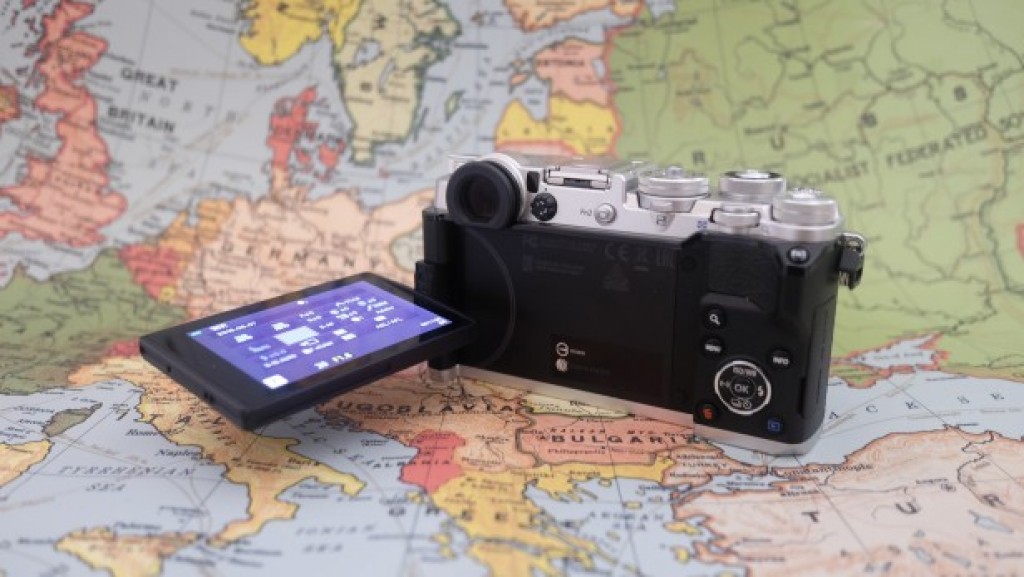
Alternatively, you can also use the OK button to access a quick menu which appears on the screen. You can either navigate around this menu with the buttons, or you can touch each section on the menu to make a change.
When it comes to setting the autofocus point, while you can use the buttons, you can also simply tap the screen at the point you wish to focus. If you like, you can also set the camera to focus and take the shot when you tap the screen – which can be useful in certain situations.
OLYMPUS PEN – SCREEN AND VIEWFINDER
The screen is fully articulated and, to take it back to the retro look, you can fold it in on itself. The back of the screen has the same textured coating as the front of the camera, so if you hide the screen you really do look like you’re shooting with an old-school camera.
A small criticism here is that it’s a little bit fiddly grasping the screen to turn it to a different angle – it could’ve done with a slightly larger surface area to help get better purchase on it. The fact that the screen articulates is very useful for shooting from awkward angles, such as from up high or from below.
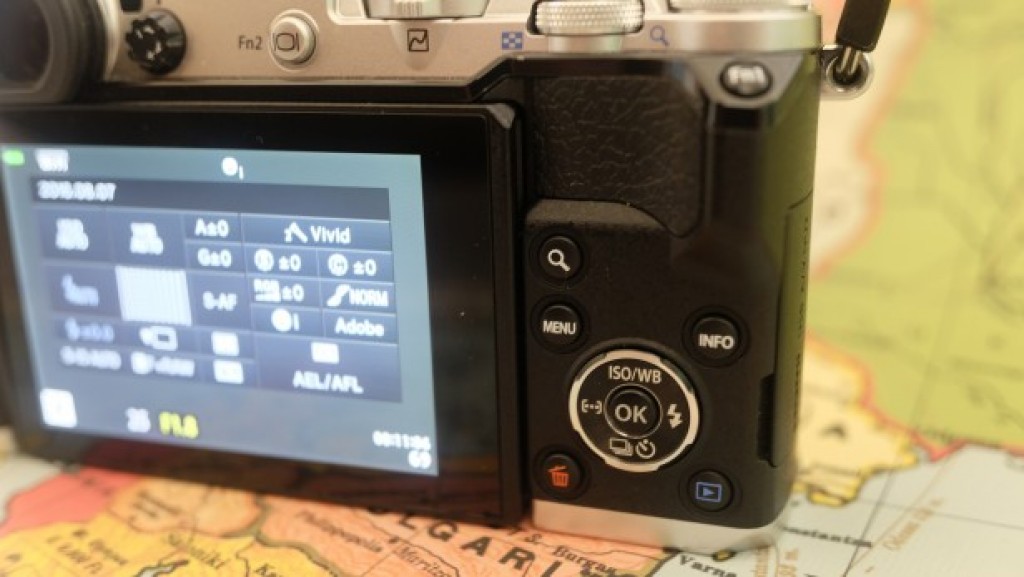
The eye viewfinder has an attractive round design and is padded with rubber to sit comfortably against your eye. There’s also a sensor to automatically switch it on (and the screen off) when you lift the camera to your eye, making for a seamless and natural transition between using the two.
When you’re using the viewfinder you can still use the screen to set the autofocus point, which is useful for quickly switching point without the faff of pressing the various buttons. You need to be careful of your nose touching the screen and accidentally changing the point, though.
The viewfinder itself is relatively small, and although entirely useable thanks to its brightness and high resolution, there are larger ones available on the market.
OLYMPUS PEN F – PERFORMANCE AND AF
The PEN F is very quick to use, breezing through playback and switching on pretty much instantaneously. If you leave the camera in the “on” position and don’t touch it for some time, it will automatically switch off – you’ll then have to switch it to off and then on again, but that’s not exactly a huge problem.
Autofocus is able to lock on to a subject quickly and accurately in the majority of situations, only struggling ever so slightly if the subject is very dimly lit. Even when using very wide-aperture lenses, such as the 17mm f/1.8, at their widest point, it locks onto a target well. The 17mm lens was supplied for us to test the camera with, and makes sense as a walk-around normal lens.
This is not a camera which is particularly designed for sporting and action photographers, and that became evident when attempting to get it to track erratically moving subjects such as a dog. Put simply, it couldn’t quite keep up. While some of the shots were in focus, that seemed to be more by accident than design.

Manually focusing is made easy by the inclusion of focus peaking and the ability to magnify a por-tion of the scene by up to 14x. That’s particularly useful when mounting the camera on a tripod for still life and macro work, but you can also display a magnified scene in the viewfinder if you prefer.
Battery life is quoted at 330 shots – about average for mirrorless cameras. We found that a full charge easily lasted for a day of normal shooting while travelling, and thus taking a fair number of pictures. You may want to invest in a second battery if you’re at all worried. Frustratingly, the battery indicator only displays for a few seconds when you first switch the camera on, or if the battery is about to die. It’d be nice to be able to check the progress of the battery more frequently.
OLYMPUS PEN F – IMAGE QUALITY
Images from the PEN F are extremely good – probably the best images from a Micro Four Thirds camera to date. But there are some caveats to that, which are worth noting depending on the type of photographer you are.
Although the camera copes pretty well in low light, it’s possible to see a loss of detail from around ISO 800. At ISO 1600, it gets a little worse and it’s not really advisable to use higher settings than ISO 3200 unless you’re desperate to get the shot. If you’re using some of the excellent prime lenses that are available, such as the 17mm f/1.8 we used for a lot of our test, you can open the aperture up wide to avoid shooting at such high ISOs. The overall impression of detail at ISO 1600-3200 is more than acceptable if keeping printing or viewing sizes to A4 or below.
If you’re somebody who often photographs in low light, and doesn’t want to use wide apertures, or invest in a set of prime lenses, then you may want to consider some of the CSCs with larger APS-C or even full-frame sensors.
At lower ISOs, detail is very good from the PEN F’s sensor. You can make prints of good quality up to A3 size with ease. Colours directly from the camera are vibrant and vivid without straying too far into unrealistic territory, while exposures generally are accurate thanks to a good metering system which works from the sensor.
The Olympus 5-axis image stabilisation system helps to keep shots sharp when shooting handheld at slow shutter speeds, meaning you can get away with relatively slow speeds – again, good news if you’re trying to keep ISO down. Automatic white balance copes well with artificial lighting, as well as other lighting conditions, to produce realistic colours.
One of Olympus’s key selling points has always been the fun you can have with some of its crea-tive modes, particularly art filters, of which there is now a huge variety. There’s also a simpler “monochrome” mode which is also worth experimenting with. Just like any digital filter, whether or not you like them will be down to personal preference, but it’s certainly worth experimenting to see which (if any) take your fancy. As you can shoot in RAW format while using filters, if you decide you don’t like them after all, you can switch back to a “clean” version of the shot any time you need it.
You can see sample images taken on the Olympus PEN F below.





OLYMPUS PEN F – VIDEO
As perhaps is befitting for a camera which is so heavily sold on its retro credentials, video seems like a bit of an afterthought for the PEN F. It has Full HD video, which is pretty much standard these days, but doesn’t have the same 4K capabilities as its Micro Four Thirds rivals from Pana-sonic.
The video quality is good, but without other longed-for video features, such as a microphone or headphone socket, it hardly seems likely to be a camera considered by videographers. If you’re a photographer who just wants to take the occasional video, though, it more than suffices.
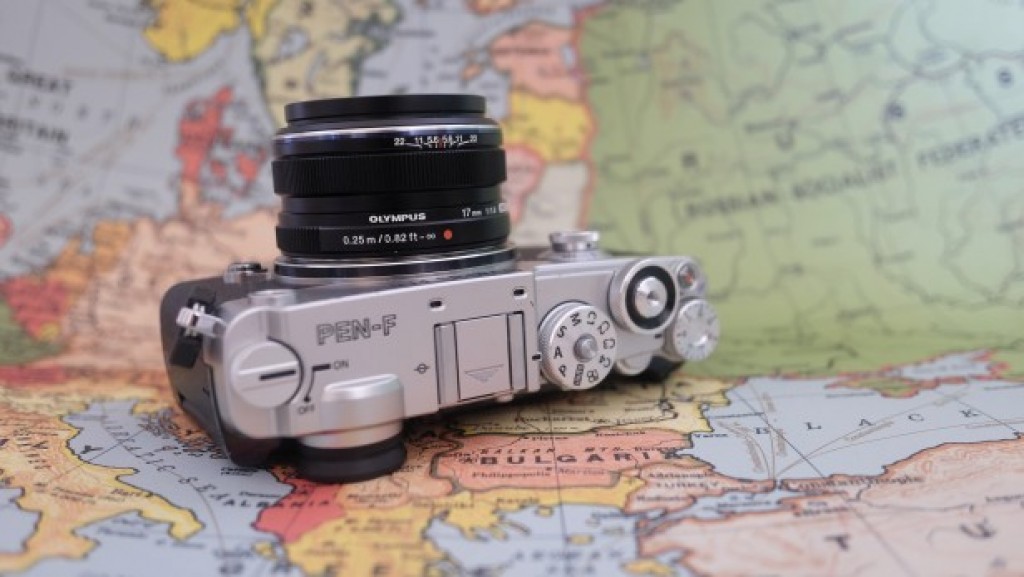
SHOULD YOU BUY THE OLYMPUS PEN F?
There’s no denying that the Olympus PEN F is a great camera, which is for the main part being sold on its gorgeous good looks. Happily, though, it has the goods to back that up in the shape of a very well-performing sensor, a body which is enjoyable to use, and a range of features that appeal to many photographers.
The biggest problem Olympus has is where this camera fits in its line-up. It was supposed to be the OM-D that sat above the PEN range, being as it had the better optical technology and the in-built viewfinder. Now that a PEN has those, it’s a little bit confusing as to which a consumer should think about buying.
Then there’s the price. The PEN F is not cheap by any stretch of the imagination. When you can buy something like Olympus’s own OM-D EM-10 Mark II for a much cheaper price if you’re on a stricter budget and want a retro-looking camera, it’s perhaps likely that the OM-D range will cannibalise sales of this latest PEN camera. Although image quality is better from the PEN F, whether it’s better enough to justify the extra outlay will likely be down to the individual.
But if you can afford it, and if those retro looks appeal, you won’t be disappointed.
VERDICT
The Olympus PEN F is quite simply a joy. It’s a camera that you want to have with you, use often, and produces great images.
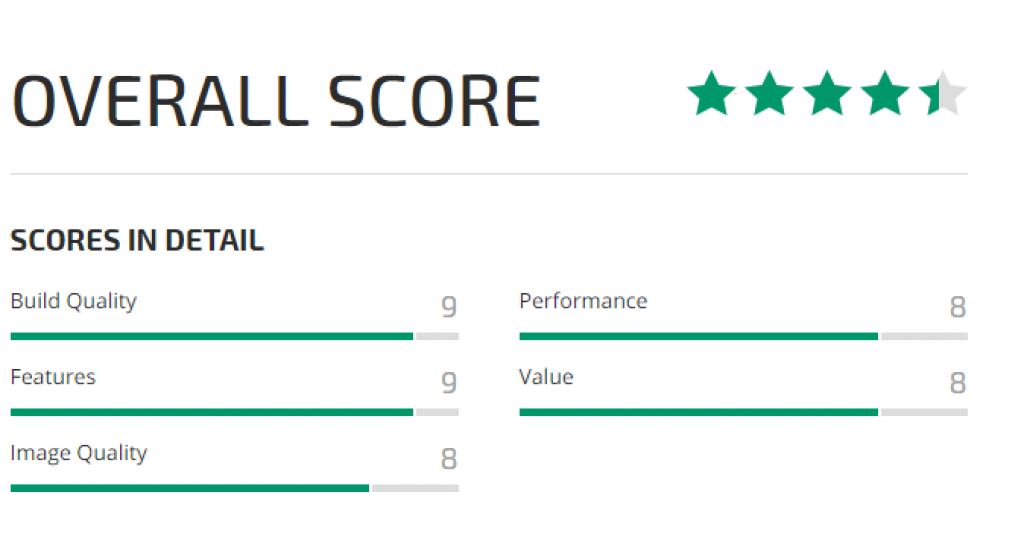
Source: trustedreviews.com





































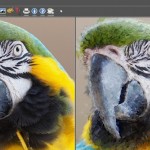




Gran cámara.
“…there’s no low-pass filter, which allows for longer exposure times at low ISO.”
How does the one affect the other?
I missed out a bit there. It’s combined with the new sensor. I’ve corrected.
I don’t have much experience with DSLR’s. I make no claims to be any form of photographer except for “casual” so my Lumia is always enough for me. Yes I said Lumia not Lumix, get over it. My camera actually tends to blow away most other smartphone cameras.